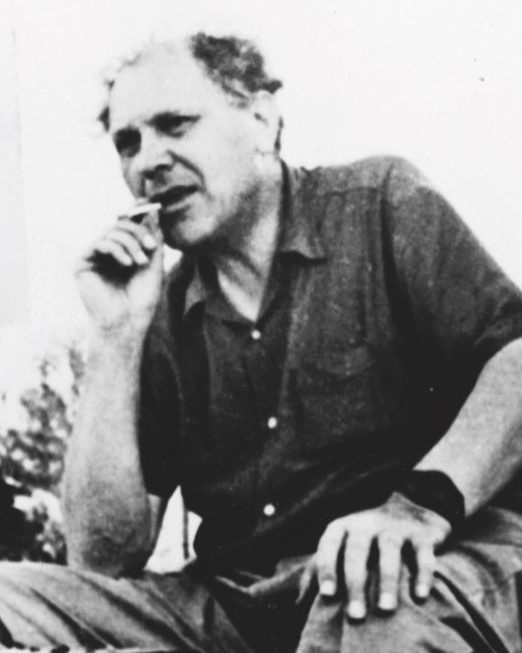Bernard ALTSCHULER
Декабрь 31, 2018Georges ASCHER
Январь 1, 2019Исаак АНЧEР
ПЕРЕСЕЧИНО (БЕССАРАБИЯ) 1899 – ПАРИЖ 1992
Исаак Анчер родился в семье коммерсанта. В 1920 году переехал к брату во Францию, в Кале. Через год впервые приехал в Париж. С 1921 по 1924 годы Анчер путешествовал по Палестине, учился в иерусалимской Школе изящных искусств Бецалель, был одним из «пионеров» кибуца Хаддера.
В 1924 году он вернулся в Париж, занимался поденной рабо- той: был рабочим на заводе Рено в Булонь-Бийанкур, преподавателем русского языка и т.д. В тоже время, он посещал академию Гранд-Шомьер. В 1927 году, вдохновлённый тем, что был принят на Осенний салон, Анчер представил один из своих пейзажей маршану Леопольду Зборовскому, который показал его работу коллекцио- неру Йонасу Неттеру. Все трое подписа- ли контракт. Анчер получал 2000 фран- ков ежемесячно, Леопольд Зборовский приобрёл все его картины.
В начале войны, в 1939 году, Анчер записался добровольцем в армию. Был демобилизован в 1941 году, вернулся к семье в Монпелье. В 1943 году семья Анчера бежала в Швейцарию, где встрети- лась с семьёй Фенстера. Исаак Анчер был интернирован в трудовом лагере. По окончании войны он вернулся в Париж, где нашёл свою мастерскую пустой. Анчер продолжал заниматься живо- писью до конца своей жизни.
Stories of Jewish Artists of the School of Paris 1905-1939
FRENCH-ENGLISH
Capitale des arts, le Paris des années 1905-1939 attire les artistes du monde entier. De cette période de foisonnement, un terme est resté, celui d'Ecole de Paris, qui recouvre une grande diversité d'expression artistique. Dans ce brassage dont Montparnasse est le creuset, un groupe se distingue : celui des artistes juifs venus de Russie, de Pologne et d'Europe centrale. Si leurs styles sont variés, un destin commun les rassemble : ils fuient l'antisémitisme de leur pays d'origine. Certains ont connu la célébrité dès les années 1920, tels Soutine, Lipchitz ou Chagall. D'autres n'ont pas eu le temps ou la chance d'y accéder. Près de la moitié a péri dans les camps de concentration nazis.
From 1905 to 1939, Paris attracted artists from all over the globe as the capital of the art world. This period of artistic proliferation became known as the School of Paris, and includes a great diversity of artistic expression. Within the teeming art world centred on Montparnasse, one group set itself apart: Jewish artists from Russia, Poland, and Central Europe. Although their styles were diverse, they shared the common fate of fleeing anti-Semitic persecutions in their home countries. Some became famous in the 1920s, such as Soutine, Lipchitz, and Chagall, while others did not have the time or the luck to gain renown. Nearly half of these artists died in Nazi concentration camps.





